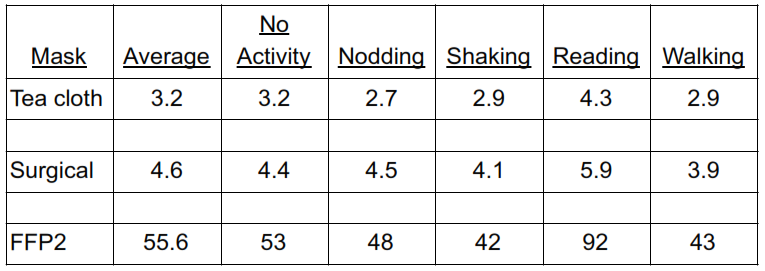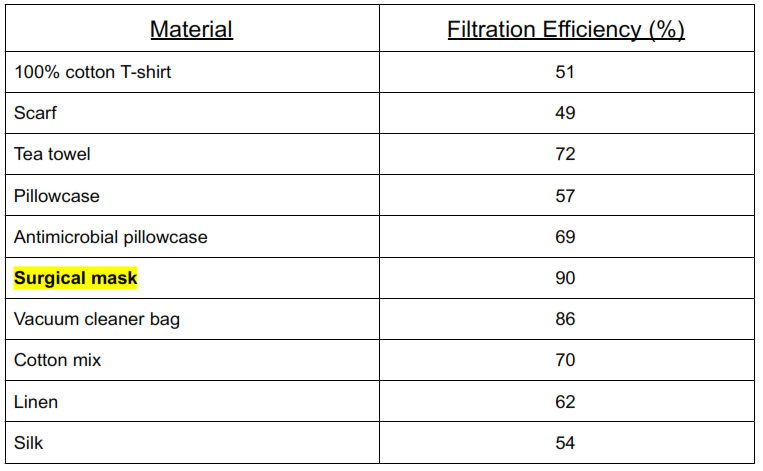Category: Uncategorized
Colonoscopy
“What is a colonoscopy ?” “Why has my doctor ordered this test for me ?” “What should I expect ?” – please see below for more information.
General Information about Colonoscopy:
- What is it and what to expect – Mayo Clinic, Cleveland Clinic, CDN Cancer Society, WebMD, Johns Hopkins.
- Videos: Introduction, what happens during the procedure, 6 reasons to get one.
- Preparation instructions for those on a plant-based diet.
Patient Information – Lifestyle
Slides
Administration
Patient Information on other Diseases
Viral Hepatitis
- City of Hamilton Information here
- Hepatitis C (HCV)
GI Teaching
- GI PEG Tubes 7/20
- Covid & PPI Use 7/20
- GI Bleeding
- Liver Related
- GI Fellow Scenarios
- GI History Practice
- PPI Side-Effects
- Case of anemia
- Lifestyle
Masks 2
There’s a great site here with instructions on how to make your own masks – note that their recommended patter is ‘Clover‘ – just click on the word ‘Clover’ at the top of the page to be taken to the instructions.
If you live in the Hamilton area, here is information on where you can get supplies (leave them a message – they check their messages daily):
Discount Fabric Mart
317 Ottawa St North, Hamilton, ON
Work 905-549-2293
Cell 905-531-1344
Email: discountfabricmart@gmail.com
If you’d like to see information on how effective home made masks are, see here.
Masks 1
If you’re looking for info on how to make masks & where to get supplies (in Hamilton) see here.
Study 1: Transmission Reduction Potential of FFP2 (N-95 equivalent), homemade and surgical masks.
Reference: R Sabel Plos One 2008:3(7):e2618
Aim
To assess the transmission reduction potential of FFP2 masks vs surgical masks vs home-made masks.
Methods
Assessed transmission reduction potential provided by personal respirators surgical masks and home-made masks when worn during a variety of activities by healthy volunteers and a simulated patient.
Long-term protection was assessed during 3 hours of regular activity by a volunteer.
Protection factor was assessed measuring particle concentration inside and outside the mask with PF = 1 meaning complete absence of protection (ie the higher the number the better)
The table below shows the average of the median protection factors after 3 hours of a combination of various activities:

Study 2: Efficacy of Homemade Masks & Protection form an Influenza Pandemic
Aim
To compare homemade masks to surgical masks.
Reference: A Davies Disaster Med Public Health Preparedness 2013:0:1-6
Methods
In the first part of the experiment, different materials were compared in terms of filtration efficiency (for bacteria and an RNA bacteriophage as well as pressure Drop across fabric.
In the second part of the study, a homemade mask (made out of 100% cotton T-shirt material) was compared to a surgical mask.
Results
The table below lists the Mean % Filtration efficiency to an RNA bacteriophage of different materials:

The fit factor of homemade and surgical masks was then compared as well as a comparison to no mask. A ‘Fit Factor’ (FF) was calculated (high number = better fit):
When compared, homemade masks had a FF of 2.0 vs 5.0 for surgical masks
They then had volunteers cough & looked at the median number of colony forming units (CFUs) isolated from volunteers coughing when wearing a surgical mask, a homemade mask, and no mask:
Comparing No mask vs Homemade mask median CFUs was 2.0 vs 1.0 (P=0.04)
When comparing No mask vs Surgical mask, median CFUs was 2.0 vs 0.9 (P<0.001)
When comparing the total number of CFUs of different sizes isolated from 21 volunteers coughing when wearing No mask vs Homemade mask vs Surgical mask they saw 200 vs 43 vs 30 CFU.
Thus in all the measures, a homemade mask was better than no mask, but worse than a surgical mask.
If you’re looking for info on how to make masks & where to get supplies (in Hamilton) see here.
General Patient Information
This page has general information for patients.
- Oral Iron Replacement.
- Information on other diseases
- Information on special diets
- Gastroparesis
- See also:
- Darnall Medical Library – gastroparesis, FODMAPS, IBS, gas/bloating
- Viral Hepatitis Page
- Mount Sinai – GI Disease Page
- Mayo Clinic – Diseases & Conditions
- NIH Health Information – Homepage, Medline Plus
- Information on Specific Tests
- 24 Hour Urine Collection (eg copper)
Treating Iron Deficiency
Iron deficiency is a common disorder and can have many causes. Most patients are treated with oral iron because it is generally effective, readily available, inexpensive, and safe. However side-effects (especially from the gut such as nausea, vomiting, discomfort, diarrhea, and constipation) are quite common (1) and are related to the dose of iron administered.
There are many iron formulations (see table) and there are a range of frequencies of reported side-effects.
It is generally not a good idea to use enteric-coated or sustained release capsules as the iron in them is released too far down the gastrointestinal tract to be well absorbed. There is some evidence that taking iron every other day may result in better absorption.
Elemental iron will make your bowel movements dark or black so don’t worry if that happens. Some pharmacies keep their iron behind the counter, so ask if you don’t see it on the shelves.
Suggested Approach to Taking Oral Iron (1,2):
- Start with 1-3 pills per day of ferrous sulfate/gluconate/fumarate (as recommended by your doctor).
- Do not take with food which decreases absorption
- Do not take with calcium supplements or milk, dietary fiber, tea, coffee, or eggs which decrease absorption.
- Do not take with antacids (you can take them two hours before or four hours after antacids).
- Iron is best taken along with vitamin C which increases absorption. You can do this by taking your iron with a half glass or orange juice or with 250 mg of ascorbic acid (vitamin C).
- If you have side-effects try the following:
- Lower the dose (ie number of pills per day)
- Take your pills every other day
- Make dietary modifications (take iron with food or milk – while this decreases absorption, at least you will be getting some iron intake).
- Switch from a tablet to a liquid which will allow you to start with a lower dose which can be gradually increased (eg ferrous sulfate). Some doctors recommend washing your mouth with water after a dose to avoid potential staining of tooth enamel.
- In a large review (1), the best-tolerated form of inorganic iron was iron protein succinylate – the only formulation of this that I was able to find is called ‘Iron Protein Plus’ from Life Extension. You can get it by mail-order from the USA (here) or from a Canadian supplier (here)
- If you can’t tolerate the above formulations some of my patients have found less side-effects with the following (often available at health food shops):
For patients who fail the above approach (this has to be documented in the chart), intravenous iron therapy MAY be an option. However this is expensive and not covered in Ontario unless the following conditions are met:
- You are younger that 25 OR older than 65
- If you are between the ages of 25 to 65 you MAY get coverage IF YOU ARE ALREADY ENROLLED IN THE TRILLUM DRUG BENEFIT PROGRAM. To learn more about the program and apply for coverage, see here.
References
- Tolerability of different oral iron supplements:a systematic review. MJ Cancelo-Hidalgo et al. Curr Medical Research & Opinion 2013:29(4):291-303.
- Treatment of Iron Deficiency in Adults M Auerbach UpToDate 3/2020